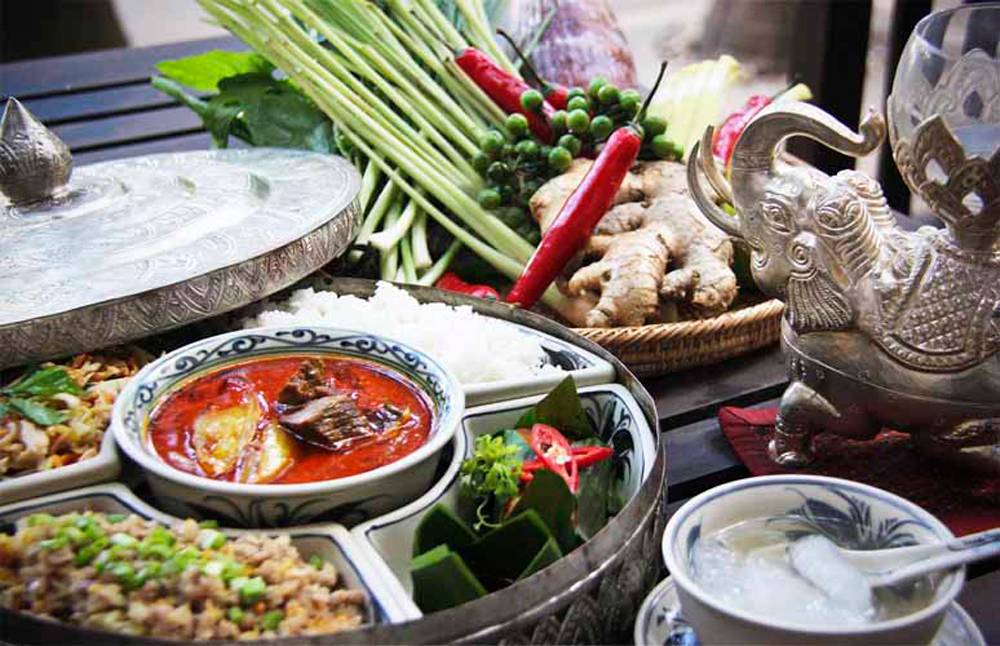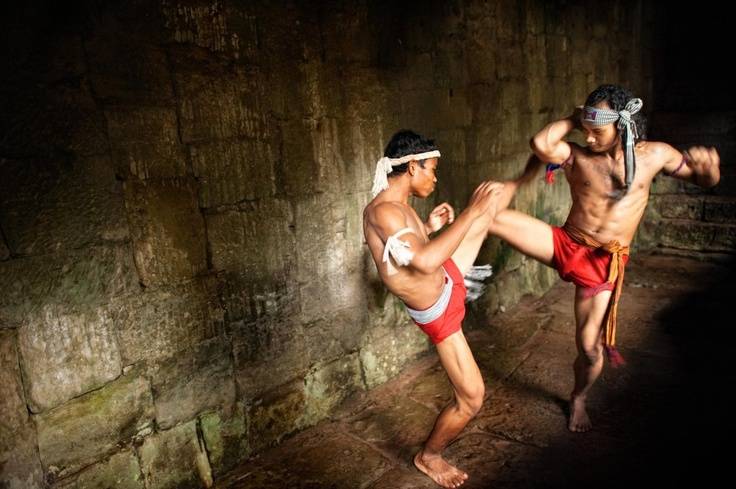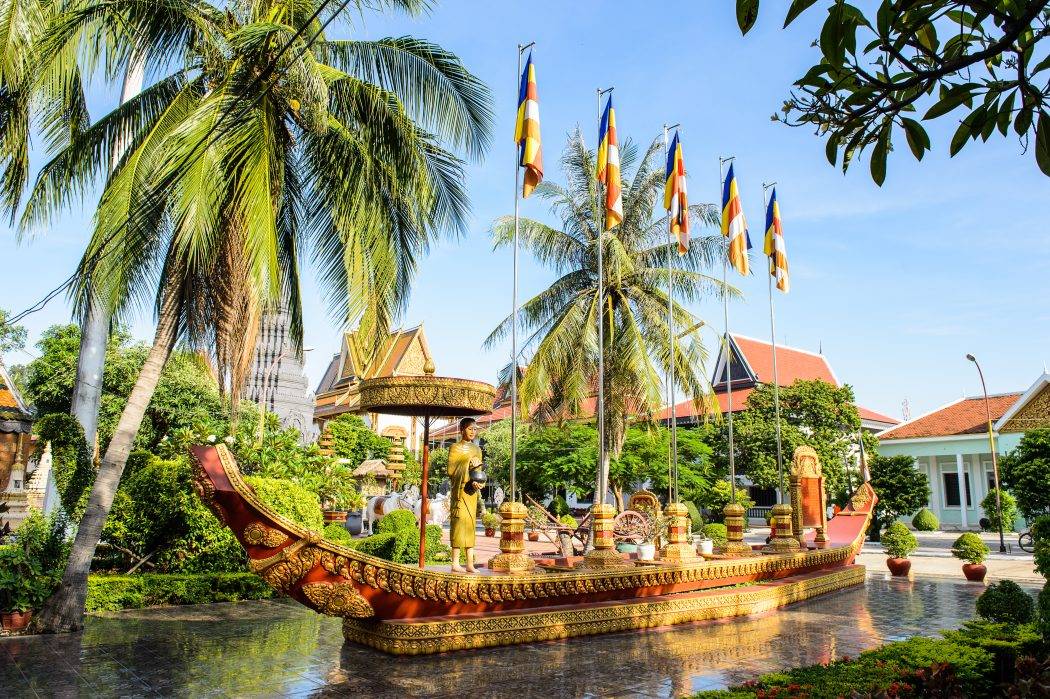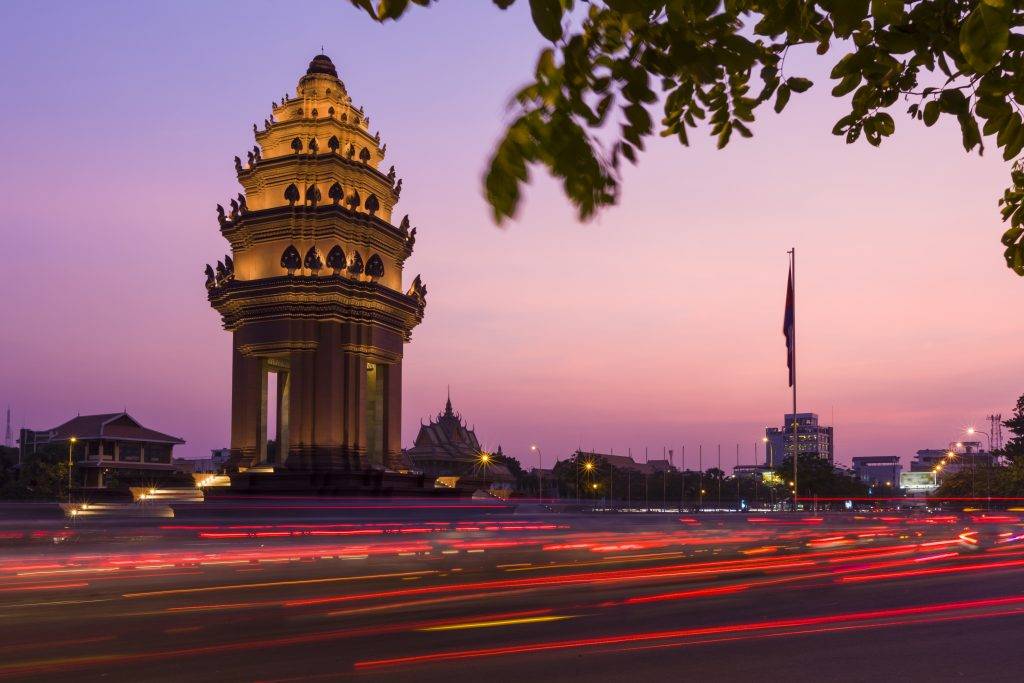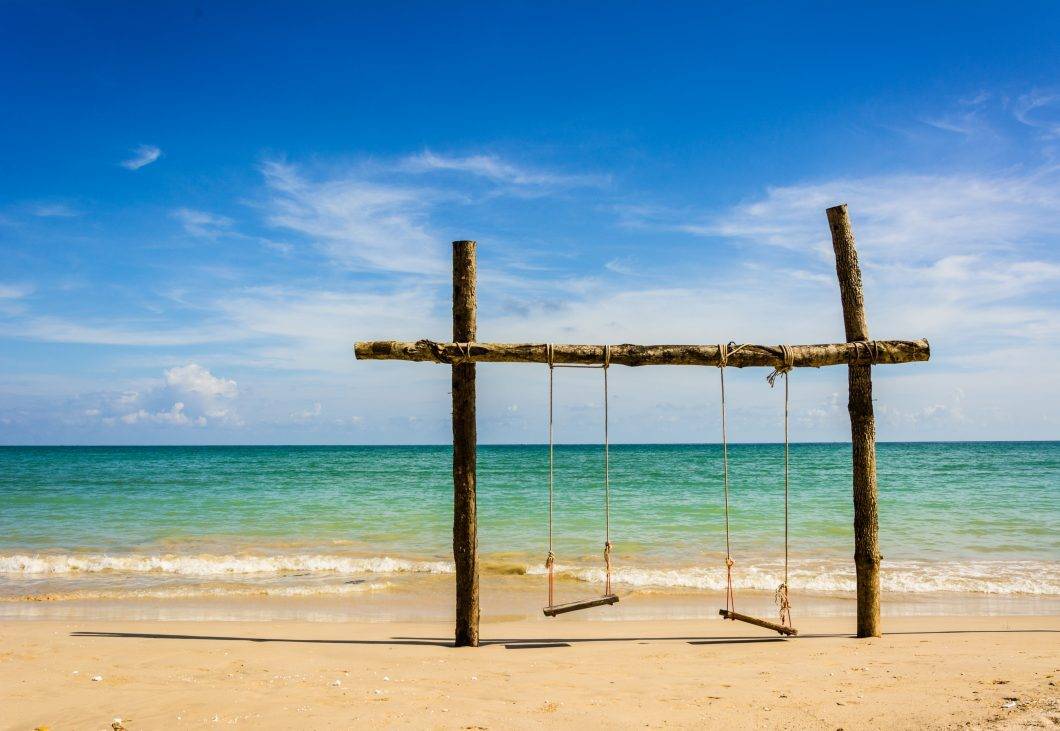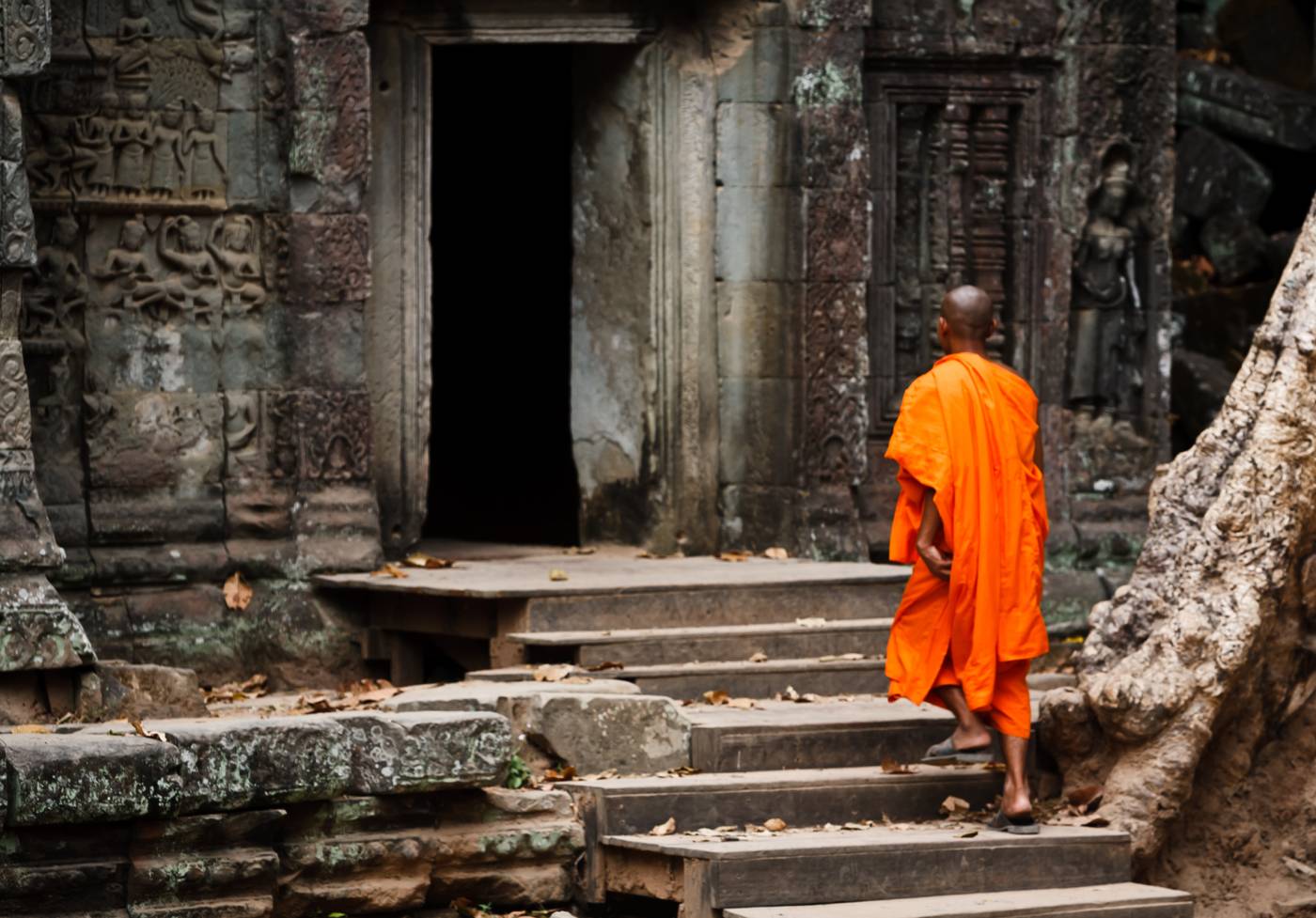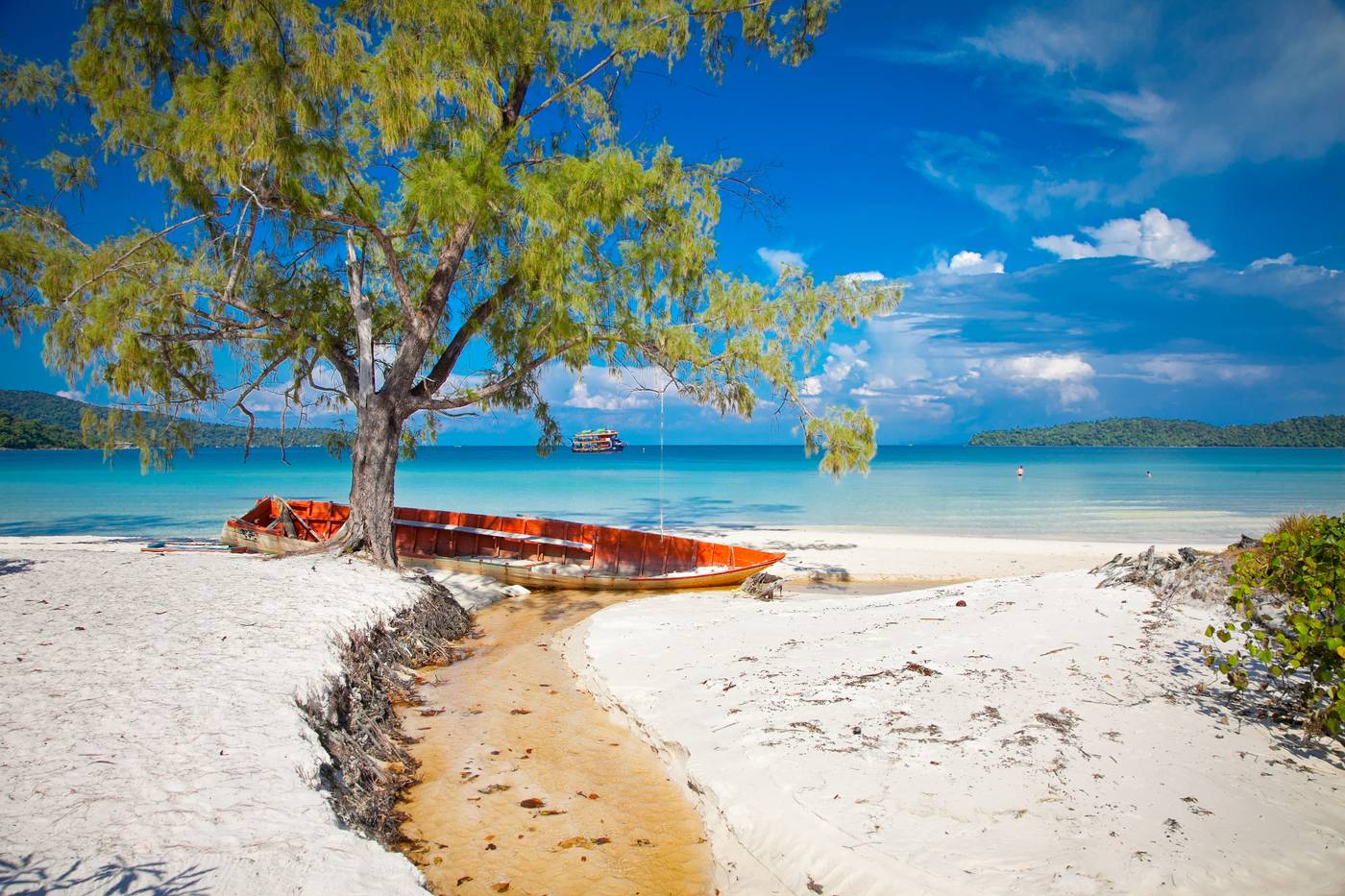
THE HIGHLIGHTS OF SIEM REAP
The Khmer have never had great relationships with their neighbours Siamese and after the Khmer Kingdom was attacked by Siam in the 15th century, King Ang Chan repulsed the invasion and named the city Siem Reap – that literally translates “the defeat of Siam”.
Little was known about the province until the French re-discovered the town together with the temples of Angkor in the 19th century and the region started to grow. Today, Siem Reap is the gateway to the legendary ruins of Angkor and the floating stilt villages of Tonle Sap. It is also the most popular tourist destination in Cambodia.
WHAT TO DO & SEE
THE PUB STREET AND NIGHT MARKET
Explore the never sleeping Pub Street and let yourself guided by the neon lights, which will lead you to the heart of the old quarter of Siem Reap. Passing by myriads of bars, restaurants and street food stalls, you will find the dazzling Angkor night market. Feast your eyes with all kind of goods; jewellery, fabrics, handIcraft, souvenirs or live chickens, and enjoy the unique vibe of the town by night.
KHMER CUISINE
Learn how to prepare two of the most traditional Khmer dishes “Amok” and “Lok Lak”. Amok is a fish covered in crushed peanuts, coconut milk and egg, all that wrapped in a banana leaf and steamed. Lok Lak is a marinated beef stir-fry served with special Cambodian seasoning.
Cambodian food might not get as much publicity as the neighbouring Vietnam and Thailand, yet it is not less delicious! In fact, many food lovers even prefer to eat Cambodian as it is less spicy. Following in the well-established Cambodian cooking classes, you will learn about Khmer herbs and spices, reveal secret recipes of the Khmer cuisine and get to sample the famous Sombai rice wine.
APSARA DANCE
Have a feel of classical Khmer culture by watching an Apsara dance performance (Apsara is a female spirit of clouds and waters). This old tradition, since the earliest days of tourism, is to welcome the visitors coming to Siem Reap.
The dance was created by the Royal Ballet of Cambodia and it is played by female dancers, whose elegant, sinuous gestures narrate religious stories and myths. Indulge yourself in slow, graceful and intense movements of this impressive dance art.
KHMER KICK-BOXING
Pay a visit to the Angkor Fight Club to witness the spectacle of the Cambodian unarmed martial art. Kun Khmer kick-boxing applies fighting techniques similar to Muay Thai and Muay Lao, but it uses more elbow strikes than any other martial art.
The performance typically takes place in 6.1 square metre boxing ring and it consists of five 3 min rounds. The fascinating part of the match is the beginning when oxers perform the Kun Kru praying rituals and is accompanied by Cambodian traditional music.
CAMBODIAN CIRCUS
Dive into the quirky ambience of the most phenomenal performance available in Siem Reap. Jaw-dropping acrobatics, hypnotic dance, thrilling music, astonishing vibe and energy and dramatic live art will make you cry, laugh and dream at the same time.
This is the essence of Phare, the Cambodian Circus. Addressing different elements of Khmer culture, the circus is a contemporary performance troupe that brings the Khmer history to the fore with a special style.
TONLE SAP FLOATING VILLAGES
Take an eco-tour to one of the numerous stilt villages on Tonle Sap Lake. It is the largest freshwater lake in Southeast Asia. Wooden houses are built on long sturdy stilts to avoid getting soaked during the wet season.
You will get to see a rare flooded forest, a beguiling bird sanctuary with its remarkable fauna and flora and learn about the traditional Cambodian fisherman way of life. Floating villages offer a wonderful opportunity to escape from the bustling Siem Reap and enjoy the serene, peaceful atmosphere of the region and hospitality of the local people.
SILK FARM
Visit the Angkor Silk Farm and learn about the traditional process of making Cambodian silk. Guests can see the mulberry trees growing on site to sustain the diet of the silkworms and the raw cocoons which are harvested and boiled. Then the fibres get unwound, threads hand dyed, spun and woven.
Seeing the complicated technique of obtaining silk makes one understand and appreciate why silk is not a cheap commodity. This educational and very informative tour is free of charge and gives you the possibility to buy some high-quality silk products, as well.
MUSEUMS OF SIEM REAP
A good way how to spend a rainy day is to inspect Siem Reap`s museums.
Angkor National Museum houses eight chronologically ordered galleries of the Angkorian era artefacts and multi-media presentations of Cambodian history and culture.
Cambodian Land Mine Museum exhibits a variety of defused mines, bombs, and other ordinance as well as information on mines, demining and Cambodia’s mine problem.
War Museum Cambodia presents a wide variety of battlefield military hardware and equipment used in the wars in Cambodia such as heavy armor including tanks, anti-aircraft guns, artillery pieces, rocket launchers, piles of disarmed mines, bombs and shells.
Cambodian cultural village is a unique, sprawling attraction intended to introduce the visitor to Cambodian culture and history. Wax museum with scenes and figures from history displays full-scale models of a variety of Cambodian architectural types, including different styles of huts and homes, hill tribe houses, pagodas, and mosques.
A DAY AT THE ANGKOR TEMPLES
Purchase a pass to visit the lost temples of Angkor. The key temples are the jungle-submerged Ta Prohm, embraced by the roots of enormous trees; the giant stone carved the face of the Bayon, the walled city of Angkor Thom, the exquisitely decorated Banteay Srei and the iconic Angkor Wat, of course. The temples are most photogenic at sunrise or sunset.
You will need 1-3 days to search around the ruins. For useful tips, pass fees and more information bout the temples see THE LOST TEMPLES OF ANGKOR.
WHEN TO TRAVEL
Most travellers visit Cambodia between November and March, during the dry season. However, If you want to avoid the crowds and get better prices, the best time is from May to early October. You might catch some more rain in these months but the temperatures will be quite pleasant.
HOW TO GET THERE
Fly to Phnom Penh and catch a shuttle bus to Siem Reap (6 hr trip)
For all international flights check out www.skyscanner.com or www.momondo.com


